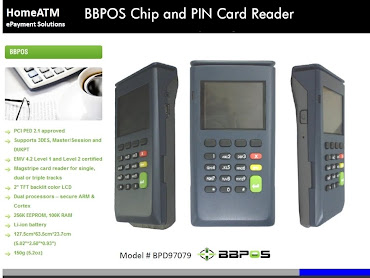
 RESTON, VA, July 31, 2008
RESTON, VA, July 31, 2008comScore today released its Q2 2008 retail e-commerce data, which showed that while year-over-year growth rates rebounded slightly in April (up 15 percent) after a soft March, they slowed again in May (up 12 percent) and June (up 11 percent)
Nonetheless, total U.S. online retail sales (excluding travel) reached approximately $31 billion in Q2 2008. comScore CEO Magid Abraham and comScore Chairman Gian Fulgoni will discuss these data and other relevant e-commerce insights during the second installment of their quarterly webinar series, State of the U.S. Online Retail Economy, on Wednesday, August 6 at 3 p.m. ET (webinar details below).
Retail E-Commerce Growth Rates (Exclude Auctions, Autos and Large Corporate Purchases)
Total U.S. – Home/Work/University Locations - Source: comScore, Inc.
- Month Yr Change
- Jun-07 25%
- Jul-07 22%
- Aug-07 28%
- Sep-07 19%
- Oct-07 19%
- Nov-07 20%
- Dec-07 18%
- Jan-08 12%
- Feb-08 14%
- Mar-08 9%
- Apr-08 15%
- May-08 12%
- Jun-08 11%
“With the first round of the government’s economic stimulus checks having been mailed in early May, one would have hoped they would have bolstered online spending in May and June,” said comScore Chairman Gian Fulgoni. “However, recent comScore research reveals that fully two thirds of consumers said they had not planned to spend their stimulus checks and rather intended to use the cash to pay off debt or put the money into savings, a finding we’ll be taking a closer look at during next week’s webinar.
In addition, it’s likely the impact of the stimulus may have been felt more offline, where a variety of merchants made it particularly easy for consumers to cash their checks at retail stores.”
To find out more about the webinar, visit http://www.comscore.com/

























